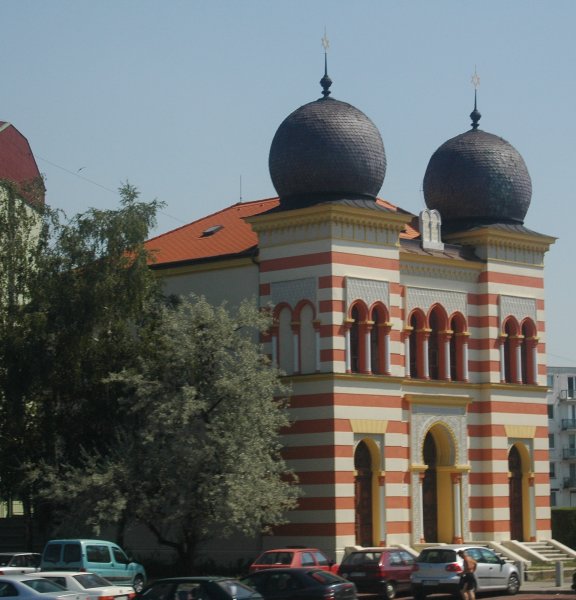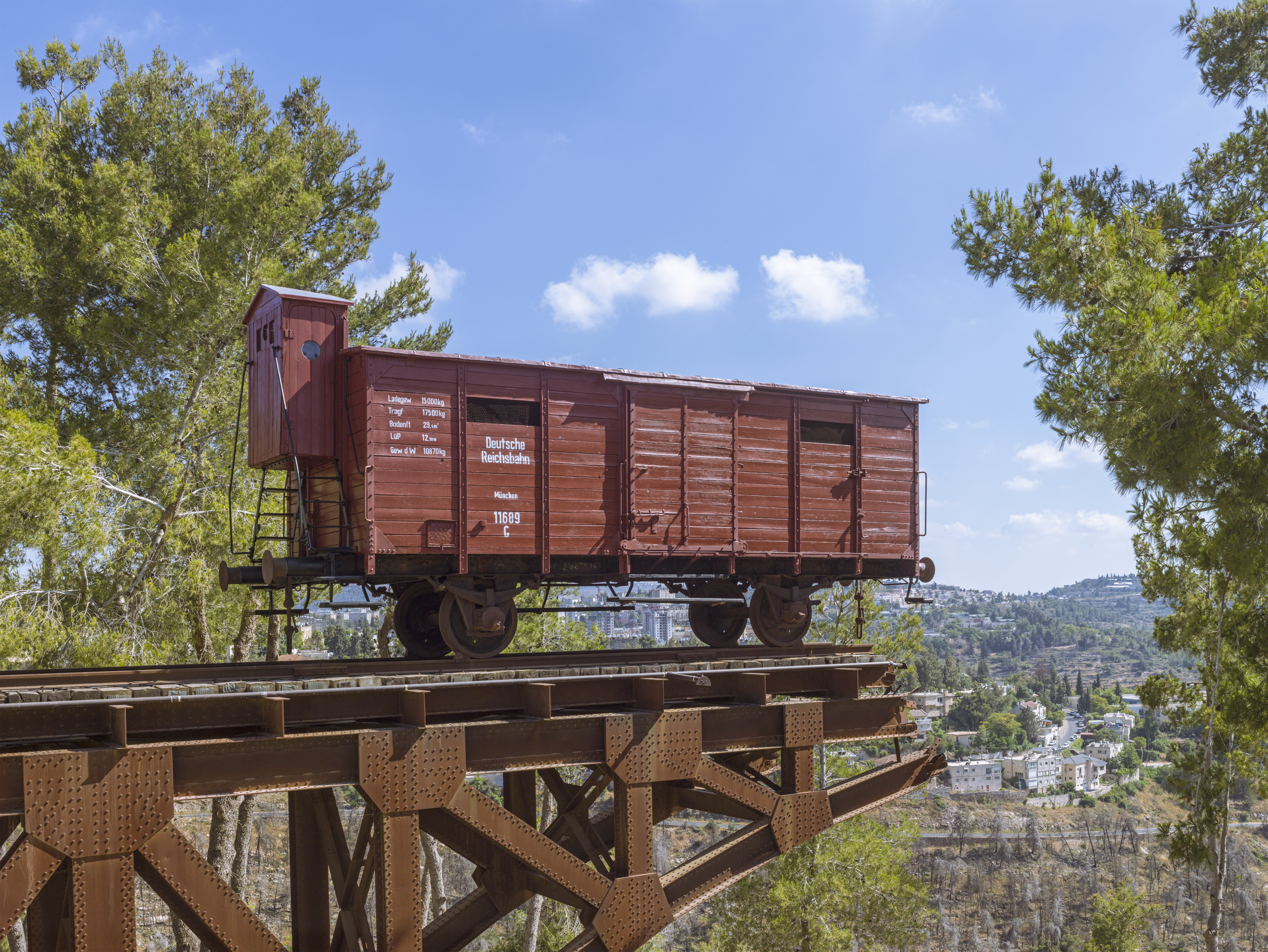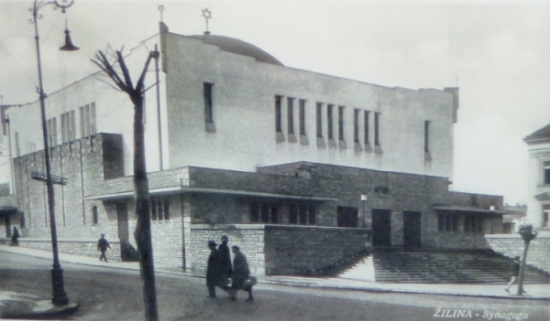|
Dionýz Lénard
In July 1942, Daniel Dionys Lenard escaped from Majdanek concentration camp. He was interviewed by the Bratislava Working Group and brought the first confirmed report of the killings back to the Jewish community in Slovakia. Lenard was born in Žilina and was a Slovak Jew. His sister and his parents illegally entered Palestine before the Holocaust but were caught by the British and returned to Slovakia. Rachel Lenard, Lenard's sister, joined an agricultural '' Hachshara'' in Denmark in 1939 from where she went to Sweden and survived. Lenard and his parents remained and were deported to separate camps in the spring of 1942. His parents were murdered. Lenard managed to escape back to Slovakia in July 1942, where he gave an extensive account of the high mortality at the Majdanek concentration camp Majdanek (or Lublin) was a Nazi concentration and extermination camp built and operated by the SS on the outskirts of the city of Lublin during the German occupation of Poland in ... [...More Info...] [...Related Items...] OR: [Wikipedia] [Google] [Baidu] |
Majdanek Concentration Camp
Majdanek (or Lublin) was a Nazi concentration and extermination camp built and operated by the SS on the outskirts of the city of Lublin during the German occupation of Poland in World War II. It had seven gas chambers, two wooden gallows, and some 227 structures in all, placing it among the largest of Nazi concentration camps. Although initially intended for forced labor rather than extermination, the camp was used to murder people on an industrial scale during Operation Reinhard, the German plan to murder all Polish Jews within their own occupied homeland. The camp, which operated from 1 October 1941 to 22 July 1944, was captured nearly intact. The rapid advance of the Soviet Red Army during Operation Bagration prevented the SS from destroying most of the camp's infrastructure, and Deputy Camp Commandant Anton Thernes failed to remove most incriminating evidence of war crimes. The camp was nicknamed Majdanek ("little Majdan") in 1941 by local residents, as it was adjace ... [...More Info...] [...Related Items...] OR: [Wikipedia] [Google] [Baidu] |
Bratislava Working Group
The Working Group ( sk, Pracovná Skupina) was an underground Jewish organization in the Axis-aligned Slovak State during World War II. Led by Gisi Fleischmann and Rabbi Michael Dov Weissmandl, the Working Group rescued Jews from the Holocaust by gathering and disseminating information on the Holocaust in Poland, bribing and negotiating with German and Slovak officials, and smuggling valuables to Jews deported to Poland. In 1940, SS official Dieter Wisliceny forced the Slovak Jewish community to set up the Jewish Center (ÚŽ) to implement anti-Jewish decrees. Members of the ÚŽ unhappy with collaborationist colleagues began to meet in the summer of 1941. In 1942, the group worked to prevent the deportation of Slovak Jews by bribing Wisliceny and Slovak officials, lobbying the Catholic Church to intervene, and encouraging Jews to flee to Hungary. Its efforts were mostly unsuccessful, and two-thirds of Slovakia's Jews were deported to the Auschwitz concentration camp and camps ... [...More Info...] [...Related Items...] OR: [Wikipedia] [Google] [Baidu] |
Jewish History Of Slovakia
The history of the Jews in Slovakia goes back to the 11th century, when the first Jews settled in the area. Early history In the 14th century, about 800 Jews lived in Bratislava, the majority of them engaged in commerce and money lending. In the early 15th century, a Jewish cemetery was established at Tisinec and was in use until 1892. In 1494, a blood libel caused sixteen Jews to be burned at the stake in Trnava, and in 1526, after the Battle of Mohács, Jews were expelled from all major towns. In 1529, thirty Jews were burned at the stake in Pezinok. In the late 17th century and early 18th century, Jews began to return to their original cities and establish organized communities, though they were barred from many trading industries and often in conflict with non-Jews. In 1683, hundreds of Jews from Moravia fled to the Hungarian Kingdom, seeking refuge from Kuruc riots and restrictions on their living imposed in Moravia. In 1700, a leading yeshiva was established in Brat ... [...More Info...] [...Related Items...] OR: [Wikipedia] [Google] [Baidu] |
Žilina
Žilina (; hu, Zsolna, ; german: Sillein, or ; pl, Żylina , names in other languages) is a city in north-western Slovakia, around from the capital Bratislava, close to both the Czech and Polish borders. It is the fourth largest city of Slovakia with a population of approximately 80,000, an important industrial center, the largest city on the Váh river, and the seat of a ''kraj'' (Žilina Region) and of an '' okres'' (Žilina District). It belongs to the Upper Váh region of tourism. Etymology The name is derived from Slavic/Slovak word ''žila'' - a "(river) vein". Žilina means "a place with many watercourses". Alternatively, it is a secondary name derived from Žilinka river or from the name of the local people, Žilín/Žiliňane. History The area around today's Žilina was inhabited in the late Stone Age (about 20,000 BC). In the 5th century, Slavs started to move into the area. However, the first written reference to Žilina was in 1208 as ''terra de Selinan''. F ... [...More Info...] [...Related Items...] OR: [Wikipedia] [Google] [Baidu] |
Slovak Jew
The history of the Jews in Slovakia goes back to the 11th century, when the first Jews settled in the area. Early history In the 14th century, about 800 Jews lived in Bratislava, the majority of them engaged in commerce and money lending. In the early 15th century, a Jewish cemetery was established at Tisinec and was in use until 1892. In 1494, a blood libel caused sixteen Jews to be burned at the stake in Trnava, and in 1526, after the Battle of Mohács, Jews were expelled from all major towns. In 1529, thirty Jews were burned at the stake in Pezinok. In the late 17th century and early 18th century, Jews began to return to their original cities and establish organized communities, though they were barred from many trading industries and often in conflict with non-Jews. In 1683, hundreds of Jews from Moravia fled to the Hungarian Kingdom, seeking refuge from Kuruc riots and restrictions on their living imposed in Moravia. In 1700, a leading yeshiva was established in ... [...More Info...] [...Related Items...] OR: [Wikipedia] [Google] [Baidu] |
Aliyah Bet
''Aliyah Bet'' ( he, עלייה ב', "Aliyah 'B'" – bet being the second letter of the Hebrew alphabet) was the code name given to illegal immigration by Jews, most of whom were refugees escaping from Nazi Germany, and later Holocaust survivors, to Mandatory Palestine between 1920 and 1948, in violation of the restrictions laid out in the British White Paper of 1939, which dramatically increased between 1939 and 1948. With the establishment of the State of Israel in May 1948, Jewish displaced persons and refugees from Europe began streaming into the new sovereign state. In modern-day Israel it has also been called by the Hebrew term ''Ha'apala'' ( he, הַעְפָּלָה, "Ascension"). The ''Aliyah Bet'' is distinguished from the ''Aliyah Aleph'' ("Aliyah 'A'", Aleph being the first letter of the Hebrew alphabet) which refers to the limited Jewish immigration permitted by British authorities during the same period. The name ''Aliya B'' is also shortened name for ''Aliya ... [...More Info...] [...Related Items...] OR: [Wikipedia] [Google] [Baidu] |
Hakhshara
Hakhshara ( he, הַכְשָׁרָה; also transliterated Hachshara or Hakhsharah) is a Hebrew word that literally means "preparation". The term is used for training programs and agricultural centres in Europe and elsewhere. At these centers Zionist youth and young adults would learn vocational skills necessary for their emigration to Israel and subsequent life in kibbutzim. Such camps existed before World War II, and still exist today. Nowadays, these programs are usually based on kibbutzim in Israel for youth who are in their gap year, between finishing high-school and starting university, and include exploring Israel and studying Israeli culture. This was also true of the religious programs, that until a few decades were based based on a religious kibbutz and typically contained a period of Torah study. Nowadays, the religious programs still incorporate a period on a religious kibbutz, but are more diverse in what they offer, see https://www.worldbneiakiva.org/gap-year-program-is ... [...More Info...] [...Related Items...] OR: [Wikipedia] [Google] [Baidu] |
Yad Vashem
Yad Vashem ( he, יָד וַשֵׁם; literally, "a memorial and a name") is Israel's official memorial to the victims of the Holocaust. It is dedicated to preserving the memory of the Jews who were murdered; honoring Jews who fought against their Nazi oppressors and Gentiles who selflessly aided Jews in need; and researching the phenomenon of the Holocaust in particular and genocide in general, with the aim of avoiding such events in the future. Established in 1953, Yad Vashem is located on the western slope of Mount Herzl, also known as the Mount of Remembrance, a height in western Jerusalem, above sea level and adjacent to the Jerusalem Forest. The memorial consists of a complex containing two types of facilities: some dedicated to the scientific study of the Holocaust and genocide in general, and memorials and museums catering to the needs of the larger public. Among the former there are a research institute with archives, a library, a publishing house, and an educational ... [...More Info...] [...Related Items...] OR: [Wikipedia] [Google] [Baidu] |
Jewish Escapees From Nazi Concentration Camps
Jews ( he, יְהוּדִים, , ) or Jewish people are an ethnoreligious group and nation originating from the Israelites Israelite origins and kingdom: "The first act in the long drama of Jewish history is the age of the Israelites""The people of the Kingdom of Israel and the ethnic and religious group known as the Jewish people that descended from them have been subjected to a number of forced migrations in their history" and Hebrews of historical Israel and Judah. Jewish ethnicity, nationhood, and religion are strongly interrelated, "Historically, the religious and ethnic dimensions of Jewish identity have been closely interwoven. In fact, so closely bound are they, that the traditional Jewish lexicon hardly distinguishes between the two concepts. Jewish religious practice, by definition, was observed exclusively by the Jewish people, and notions of Jewish peoplehood, nation, and community were suffused with faith in the Jewish God, the practice of Jewish (religious) la ... [...More Info...] [...Related Items...] OR: [Wikipedia] [Google] [Baidu] |
The Holocaust In Slovakia
The Holocaust in Slovakia was the systematic dispossession, deportation, and murder of Jews in the Slovak State, a client state of Nazi Germany, during World War II. Out of 89,000 Jews in the country in 1940, an estimated 69,000 were murdered in the Holocaust. After the September 1938 Munich Agreement, Slovakia unilaterally declared its autonomy within Czechoslovakia, but lost significant territory to Hungary in the First Vienna Award, signed in November. The following year, with German encouragement, the ruling ethnonationalist Slovak People's Party declared independence from Czechoslovakia. State propaganda blamed the Jews for the territorial losses. Jews were targeted for discrimination and harassment, including the confiscation of their property and businesses. The exclusion of Jews from the economy impoverished the community, which encouraged the government to conscript them for forced labor. On 9 September 1941, the government passed the Jewish Code, which it claimed to ... [...More Info...] [...Related Items...] OR: [Wikipedia] [Google] [Baidu] |






